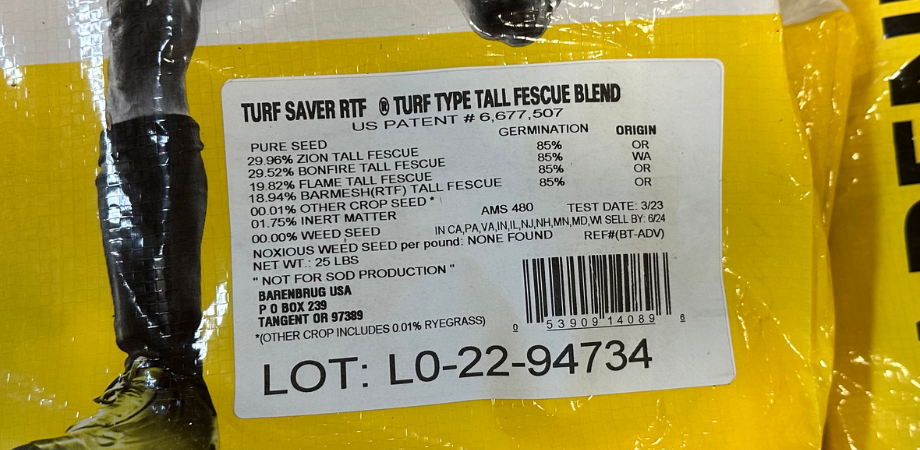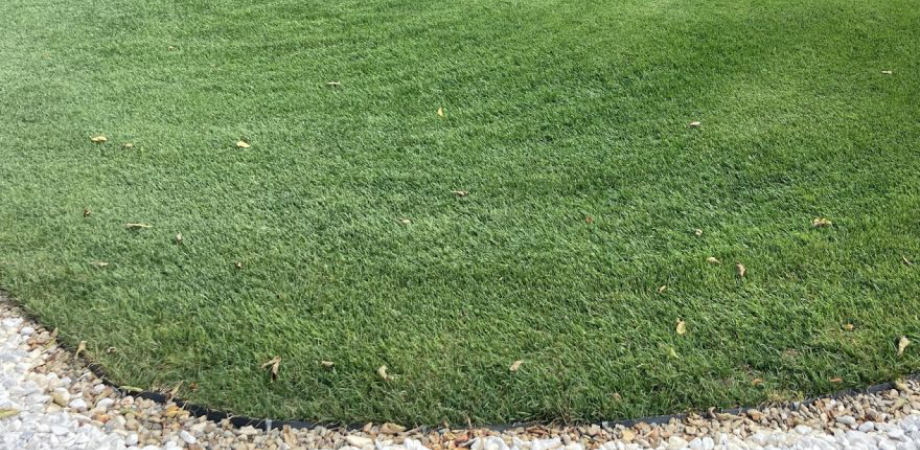Getting your field ready for play is often easier said than done. You have to take into account whether or not there’s still snow on the field, plan for irrigation, and more. We’ll take a deep dive into everything you need to know to prepare your athletic fields for spring.
Preparing Athletic Fields When Snow is Still Present
Good things come to those who wait, but sometimes spring doesn’t come soon enough. When time is of the essence, there are a few key pointers to keep in mind when clearing athletic fields of snow. Here are some key tips to remember:
Clear Ice and Snow
If your field has been under a blanket of ice for six weeks or more, grab a shovel or fire up the snowblower; Ice accumulation can be fatal to turfgrass. You can break up ice manually with hand tools or drive a machine over it to make clearing easier. Clear the snow and ice as soon as possible and in a way that won’t heavily disturb the turf, such as with a snowblower that is raised to not touch the ground and set on a gentle power level. If you have an SGXL spreader-sprayer, there is a special plow attachment available that can be used to help clear snow. Whatever method you use, be sure to leave around ½-inch of snow on the surface, which is a height that will keep the turf from being damaged by equipment and also let the sun take care of the rest.
Protect Turf Using Tarps
While it may seem like we’re out of the woods, we aren’t there just yet. If snow is expected between now and the start of the season, use tarps to cover the field. They not only protect the turf, but they also make it much easier to remove snow. Try to remove snow in stages if heavy accumulation is set to occur. Clearing two inches of snow twice will pose less of a hassle than four inches at once, and so on.
Preparing Athletic Fields Once Snow is Gone
When the snowy season is over, be sure to check for any winterkill and adjust accordingly. Now that we’ve checked for turf damage, it’s time to ask some questions.
Preparation: Irrigation
Ensuring proper sports field irrigation is the key to lush, playable turf. Let’s dive into how to check your irrigation system.
Does your sprinkler head:
- Have the correct nozzle attached?
- Turn properly?
- Sit at the right pitch and height?
- Have anything blocking spray?
- Have an effective filter screen?
Are your controller:
- Functions working properly, including the sensor?
- Timing settings correct?
Do your valves:
- Have no leaks and control water flow properly?
- Open and close properly?
Once you’ve verified everything is working correctly or have found some trouble spots with your sports turf irrigation system and fixed them, your field(s) will be ready for play in no time.
Preparing Athletic Turf
Use the following tips once you’ve ensured your irrigation system is up to par. The earlier you can get started, the faster you can have athletes out practicing.
- Edging transition areas will give your field a more uniform and clean appearance.
- Rolling turf (and skin for infields) is beneficial.
- Start mowing to wake up your turf and get it ready for action.
- Aerate and topdress.
- Apply pre-emergent herbicides to control weeds.
- Test your soil (more on that below).
If you’re looking for info on soil testing, developing a fertility program, or selecting appropriate products, check out Soil Solver. Much more than a pH test, it will give you action items based on the health of your turf, the climate, and more. Tailored to your turf, it gives you the intel your field needs to thrive.
Preparing Infield Areas
We touched on a few things you can do for athletic turf specifically, with a few that can apply to infields. Sports field grass is much different than the infield, though, so let’s cover some infield-specific items.
- Scarify or nail drag the skin to start the drying process.
- Add infield mix to divots and holes to ensure player safety.
- Level your infield. Once your infield material starts to dry, float the infield out so that you can pull from the highs and deposit in the lows. Regrading can do the trick, too.
- Winter and the freeze/thaw effect causes your infield to heave. After floating or grading, use a drag mat to smooth out the infield.
- Use a drag mat to smooth out the infield.
Have any lips or low spots? Fill them in and level things out to keep players safe and your field healthy and puddle-free. Also be sure to check the plates, rubber, and bases to make sure everything’s in good shape.
Whether you’re managing a baseball field or a soccer stadium, if you need to make any repairs or improvements, now’s the time to take care of your sports turf spring cleaning, if you will. Sign up for our newsletter to get the scoop on other must-know sports turf knowledge.












